
The International Space Station Will Split Into A Thousand Pieces Before Crashing Into The Ocean
The history of the International Space Station (ISS) goes back to the 1980s when NASA was going to launch a modular space station called Freedom to challenge the Soviet space station Mir (meaning ‘peace’ or ‘world’). Yet instead, by the early 1990s, it became a collaborative project, connecting not only NASA and Russia’s space agency Roscosmos, but also the European Space Agency (ESA), the Canadian Space Agency and the Japan Aerospace Exploration Agency.
Marked by numerous discoveries, scientific breakthroughs, and remaining the symbol of how humans can transcend politics on Earth, the ISS was settled for retirement by splintering into a thousand pieces before crashing into the Pacific Ocean somewhere around 2030.
More info: NASA
NASA is planning to burn up the International Space Station and crash it into the Pacific Ocean sometime around 2030
Image credits: NASA
Image credits: NASA
Image credits: NASA
The $150 billion ISS, probably the most expensive object ever made, is orbiting around 400 kilometers above our planet. It travels an equivalent distance to the Moon and back in about a day: in 24 hours, the ISS makes 16 orbits of Earth, which means traveling through 16 sunrises and sunsets.
It took dozens of rocket launches and more than 160 space walks to build the ISS. With its length of 356 feet (109 meters), it is not only the largest but also the most complicated object. The huge modules and other pieces of the station were delivered on 42 assembly flights, 37 on the U.S. space shuttles and 5 on Russian Proton/Soyuz rockets.
Today, like some kind of LEGO model the size of an American football field, the ISS consists of 16 pressurized modules, including living places, laboratories, 7 sleeping quarters (with the ability to add more when needed), two bathrooms, a gym, and the cupola – a spectacular 360-degree-view bay window to the Earth.
Up to date, it has hosted 280 crew members from 23 countries and theoretically could continue, receiving more astronauts and serving as a site for low-gravity experiments. It even could be pushed into higher orbit and work as a space museum. Yet none of these ideas are considered a good solution for NASA, since the ISS’s components will have already exceeded their original structural lifetimes and at higher altitudes, it would pose a greater risk of collision with space junk.
The ISS has been visited by a total of 280 crew members from 23 countries
Image credits: NASA
Image credits: NASA
Image credits: NASA
Image credits: NASA
Therefore, NASA and its partners are preparing to burn up the ISS and crash it into a remote place in the Pacific Ocean, where 250 satellites already rest, yet the entire process is more complicated than it seems.
“You need the right amount of oomph in a short amount of time,” explained Jonathan McDowell, who’s an astronomer at the Harvard-Smithsonian Center for Astrophysics in Massachusetts and monitors satellite launches, reentries. “And the amount of oomph you need for a 400-ton space station is pretty high.”
Before firing up the engines, the ISS’s flight controllers would need to rely on atmospheric drag for some time, and that could get tricky since the atmosphere isn’t entirely predictable. Both the weather on Earth and ‘space weather’ – mainly the particles from solar activity – can affect the degree of resistance, potentially causing a spacecraft to lose control and break up too soon.
“The nightmare scenario is that the burn fails halfway through. That means you’re going to reenter in the next two or three days, but you don’t know where… You’d expect maybe 40 to 100 tonnes of debris would survive to the surface, with a risk to life and property,” McDowell said.
And that’s not the only challenge. During all these years, the ISS has been a symbol of international collaboration unaffected by politics happening on Earth.
“You’ve got the biggest ever Russia-Western project burning up in flames over the Pacific. That’s quite a metaphor,” McDowell explained.
Image credits: NASA
Image credits: NASA
Image credits: NASA
While the precise date of the ISS’s retirement still isn’t yet known, the final crew will probably depart in the next couple of years. It’s important to mention that NASA is no longer the unstoppable global leader it once was, since Chinese, Indian and Japanese national space programs have started to rise. Yet it’s very likely that in the near future, we won’t see a national agency at all, but rather a private company like SpaceX.
“Thirty years into the space station program, it’s still very controversial,” McDowell said. “A lot of the promises about scientific developments never really panned out… It’s had a rocky road, and they forged ahead. But it never really captured the public imagination the way that the moon landings did, or even the space shuttle, for that matter,” he added.
Tim Braithwaite, the Canadian Space Agency’s main liaison at NASA’s Johnson Space Center in Houston, Texas, began working on the ISS back in 1990, when he was developing a 17-meter-long robotic arm for it. According to him, no matter the ISS’s retirement, its ‘DNA’ will be preserved.
“By the 2030s, people will be thinking of moon bases,” Braithwaite said. “They will be standing on our shoulders, just as we stood on the shoulders of the folk behind the space shuttle and Skylab – and Mir.”
The $150 billion ISS, with its 100-meter length and the mass of a fully loaded jumbo jet, is the largest and most complicated one ever built
Image credits: NASA
Image credits: NASA
Image credits: NASA
NASA is planning to crash the ISS into the hardest-to-reach place in the Pacific Ocean called Point Nemo, which is midway between New Zealand and South America and where, since 1971, more than 263 pieces of space debris have already sunk.
Point Nemo’s location was first calculated in 1992 by Croatian-Canadian survey engineer Hrvoje Lukatela and is furthest from land, in any direction; therefore, the closest people, in fact, are on the ISS as it passes overhead every hour and a half or so. The loneliest place on Earth got its name as a tribute to Captain Nemo from Jules Verne’s 20,000 Leagues Under The Sea. The Latin translation of ‘Nemo’ means ‘no man’.
The ocean floor here is almost 4 kilometers below the surface and the water contains very little nutrients to support any kind of organic ecosystem, making this place a massive oceanic desert.
“I was expecting it to be really kind of black or a really dark green, having seen the Atlantic Ocean, but it’s a fantastic blue. I was amazed, just looking down it’s almost an iridescent blue. Amazing, very beautiful,” shared Chris Brown, a British explorer who, on the 20th of March in 2024, became the 1st person ever to swim at Point Nemo.
The ISS will fall through the atmosphere from its orbit about 400 kilometers above Earth into a remote part of the Pacific Ocean known as Point Nemo
Image credits: NASA
Image credits: NASA
Image credits: NASA
Image credits: NASA
Only a few more years, and the most cooperative endeavor in scientific history will come crashing back to Earth.
“I intend to leave this life so shattered there’s gonna have to be a thousand separate heavens for all of my flying parts,” Andrea Gibson wrote in one of her poems, and I couldn’t find better words to express this remarkable moment.
I don’t know about you, but I’m going to miss the ISS, since many times I used to follow its trace in the night skies. It always felt so magical to see the bright dot of light traveling so fast between constellations and wonder how our planet looks from so high above.
I don’t know why but this makes me sad. It’s something that’s been in space my whole lifetime and its end is to crash it into the ocean. There won’t be anything for posterity like we have for the space shuttles.
I was born less than a year before the first moon landing. I wish I were old enough to remember it. Even after the Apollo program was cut, outer space and astronauts were still in the corners of our minds. We watched in awe as the shuttles survived re-entry, and we watched the shuttle disasters in horror. We joked that the Martians were messing with our landers, and we rooted for the rovers that worked. We mourned the deaths of Spirit and Opportunity. We laughed on a Saturday Night when Jim Belushi showed us the first space station's demise. We worried when Mir was launched, and we were skeptical when ISS was launched. Some of the promises weren't kept, but some were. Cooperation between countries became a thing, at least in orbit. We have learned so much. Now there are several organizations and countries helping to pave the way to our next goals: a moon base and a visit to Mars by humans, not bots. We have spacecraft sending our messages out to unknown worlds. We are looking for life, and I believe we will find it. We cannot conquer space. We cannot tame space. But, as long as we're brave, and smart, and careful, we can go along for the ride.
Load More Replies...We love tracking the ISS and, weather conditions permitting, watch it fly over as often as we can. We've had so many neighbors, especially kids, ask what we're looking for and we love explaining and teaching them how to spot it as it comes into view. They're always amazed that we can see it fly over. I like to think that over the years it's inspired many young people to consider STEM careers.
What time, where in the sky, how to spot it??!!!
Load More Replies...I actually have the lego version of the ISS on my windowsill currently.
I don’t know why but this makes me sad. It’s something that’s been in space my whole lifetime and its end is to crash it into the ocean. There won’t be anything for posterity like we have for the space shuttles.
I was born less than a year before the first moon landing. I wish I were old enough to remember it. Even after the Apollo program was cut, outer space and astronauts were still in the corners of our minds. We watched in awe as the shuttles survived re-entry, and we watched the shuttle disasters in horror. We joked that the Martians were messing with our landers, and we rooted for the rovers that worked. We mourned the deaths of Spirit and Opportunity. We laughed on a Saturday Night when Jim Belushi showed us the first space station's demise. We worried when Mir was launched, and we were skeptical when ISS was launched. Some of the promises weren't kept, but some were. Cooperation between countries became a thing, at least in orbit. We have learned so much. Now there are several organizations and countries helping to pave the way to our next goals: a moon base and a visit to Mars by humans, not bots. We have spacecraft sending our messages out to unknown worlds. We are looking for life, and I believe we will find it. We cannot conquer space. We cannot tame space. But, as long as we're brave, and smart, and careful, we can go along for the ride.
Load More Replies...We love tracking the ISS and, weather conditions permitting, watch it fly over as often as we can. We've had so many neighbors, especially kids, ask what we're looking for and we love explaining and teaching them how to spot it as it comes into view. They're always amazed that we can see it fly over. I like to think that over the years it's inspired many young people to consider STEM careers.
What time, where in the sky, how to spot it??!!!
Load More Replies...I actually have the lego version of the ISS on my windowsill currently.

 Dark Mode
Dark Mode 

 No fees, cancel anytime
No fees, cancel anytime 






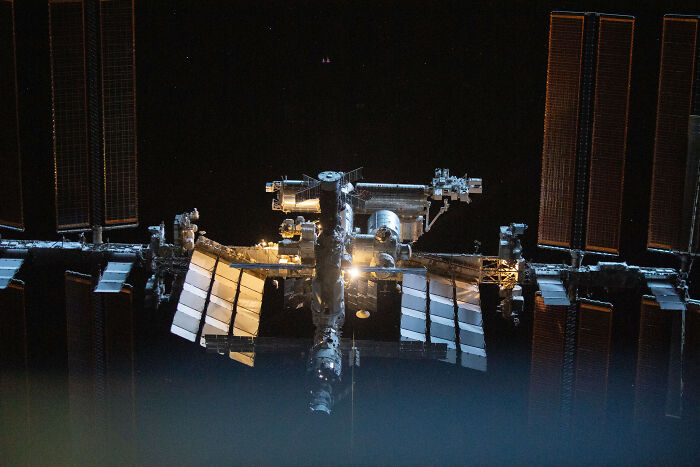
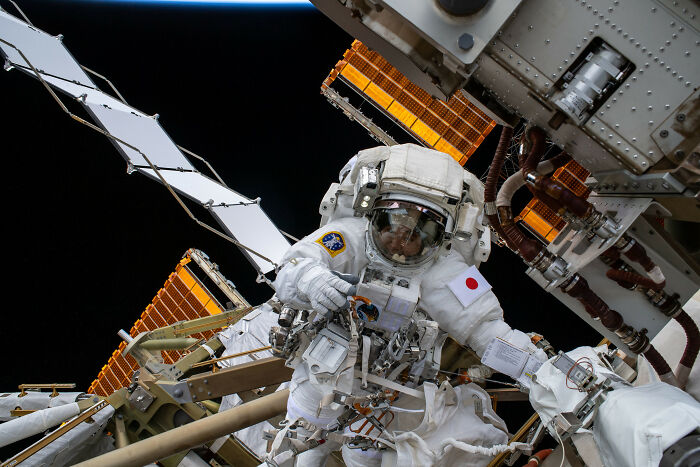
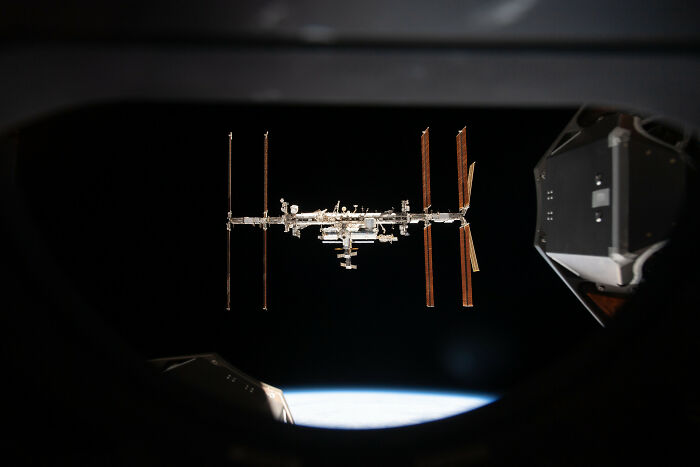
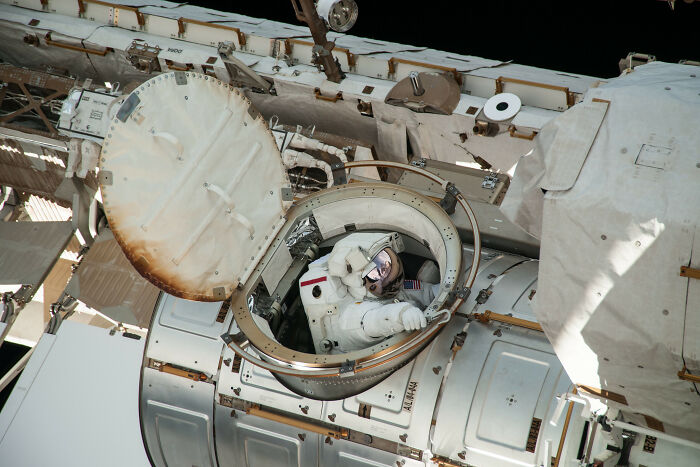
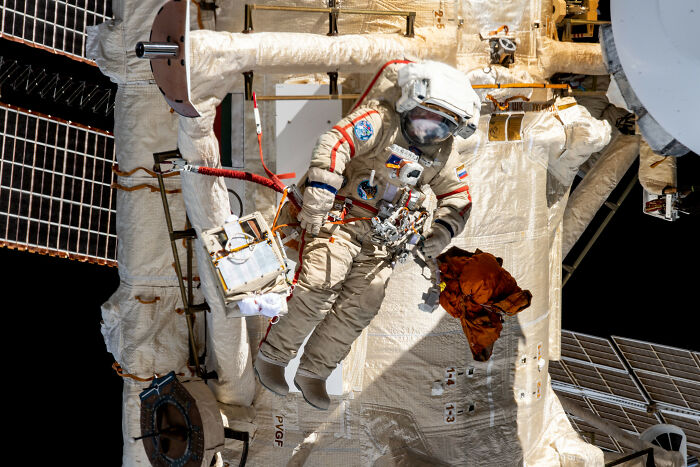
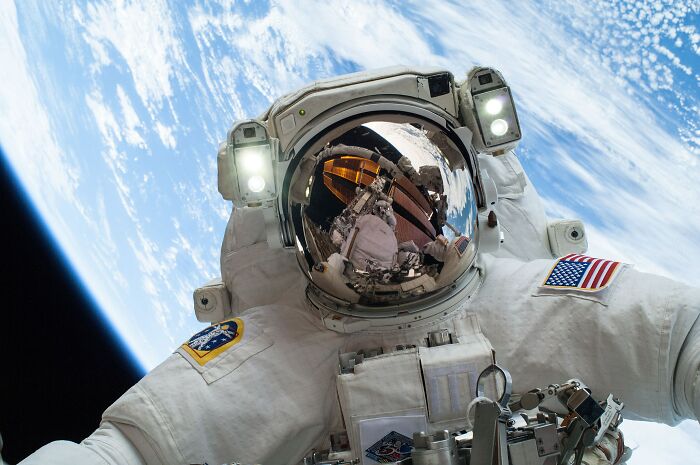
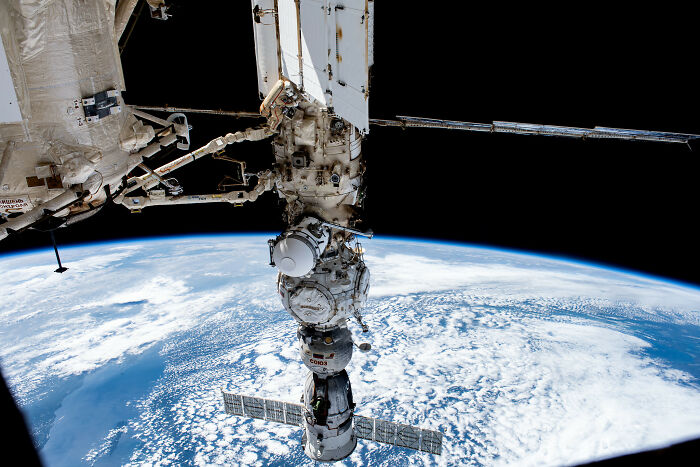
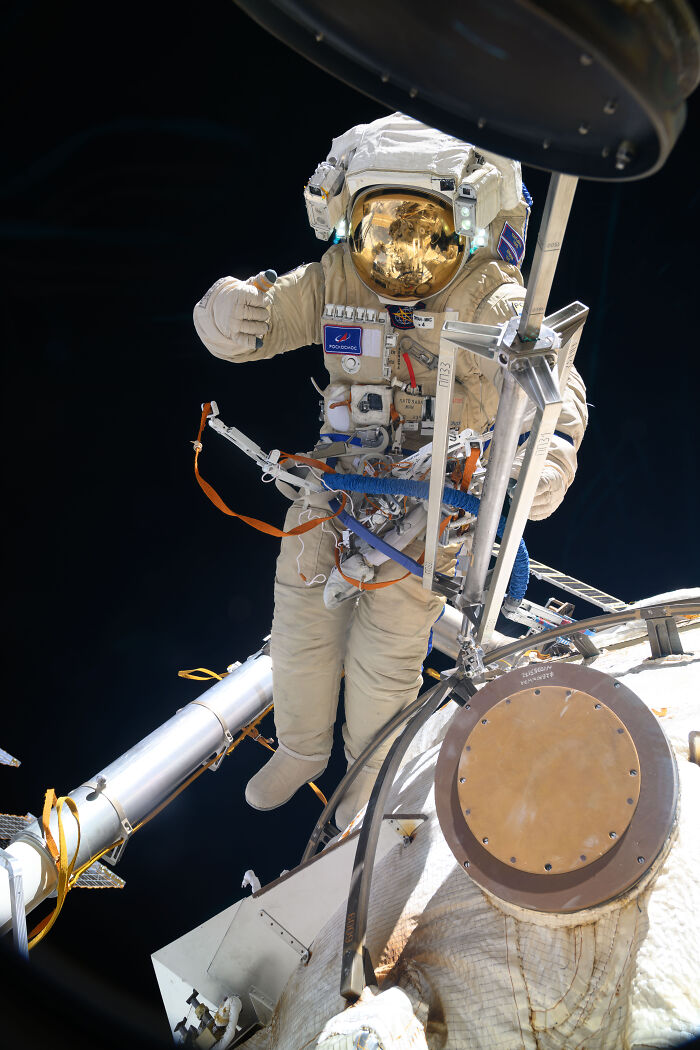
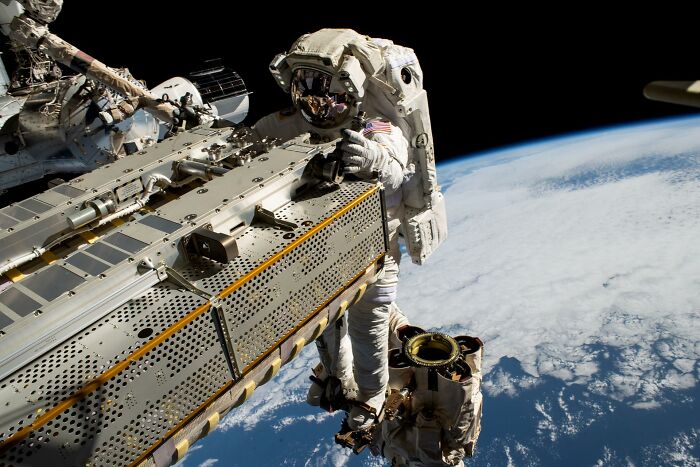
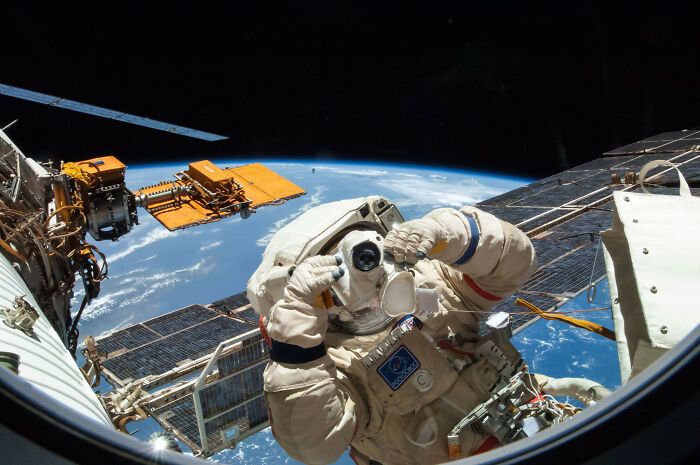
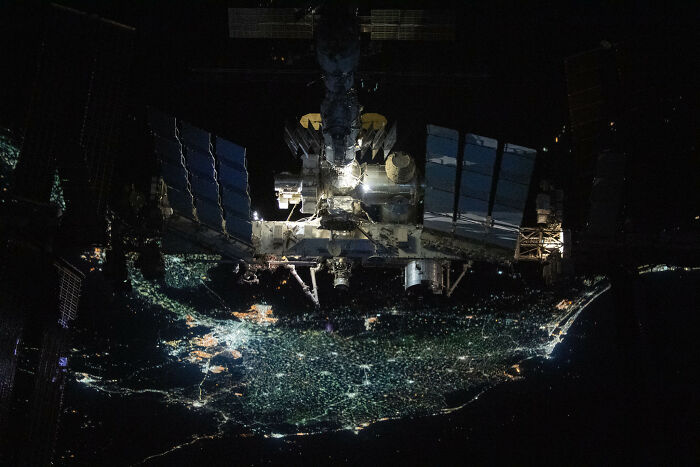
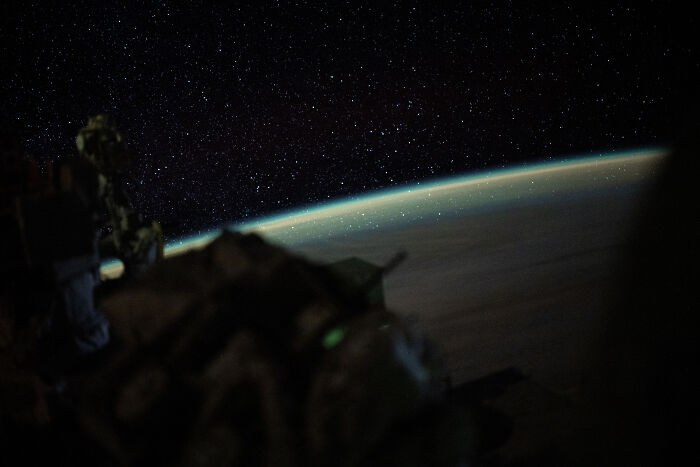
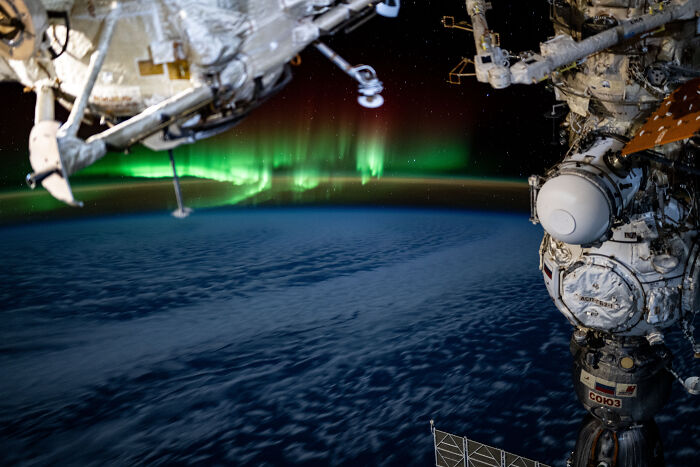
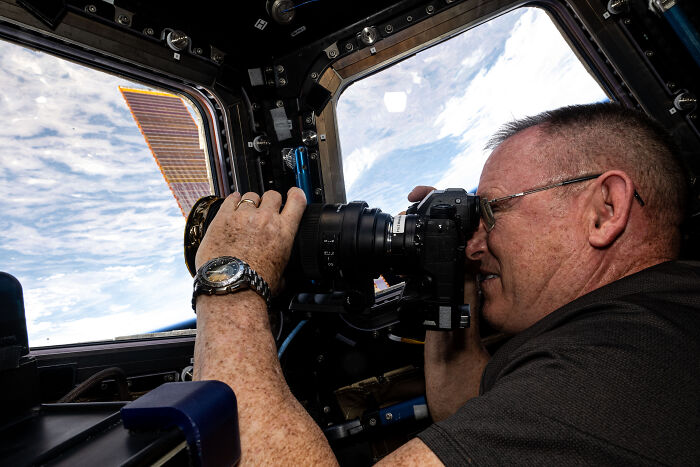
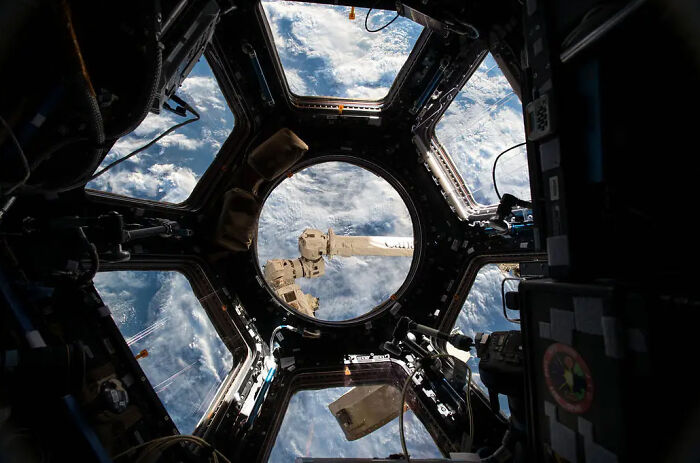
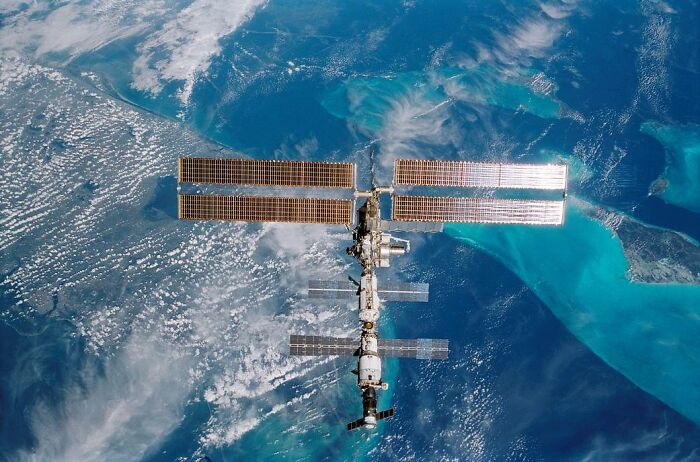
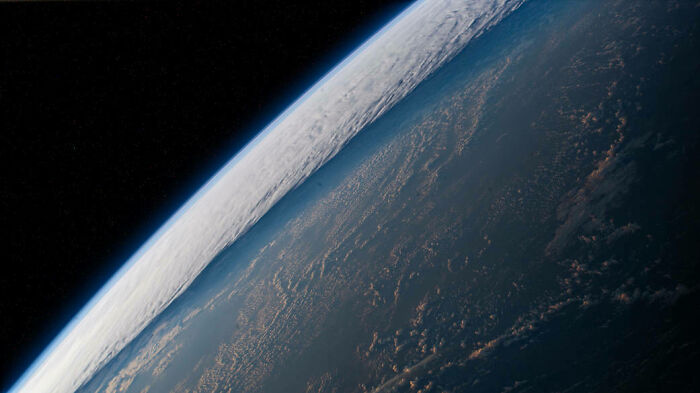












































44
11